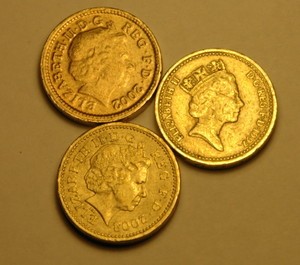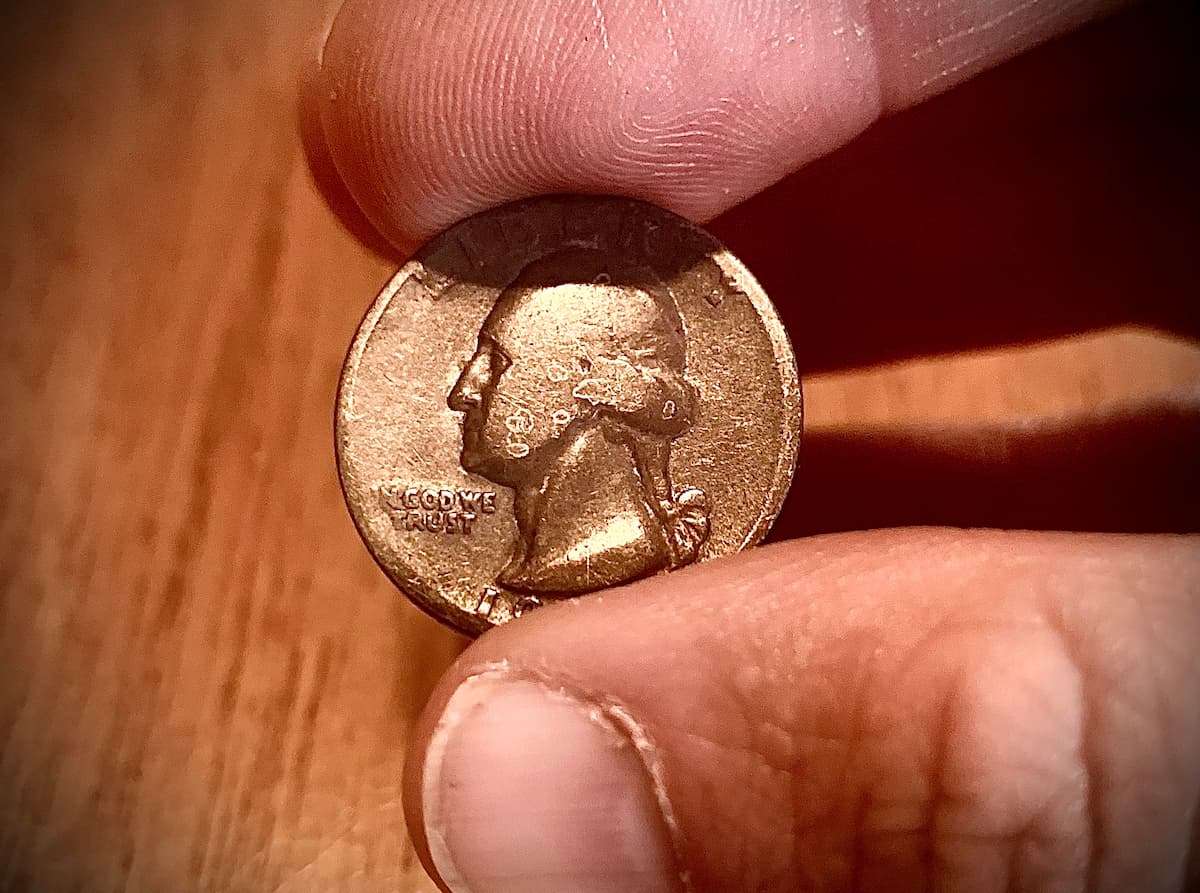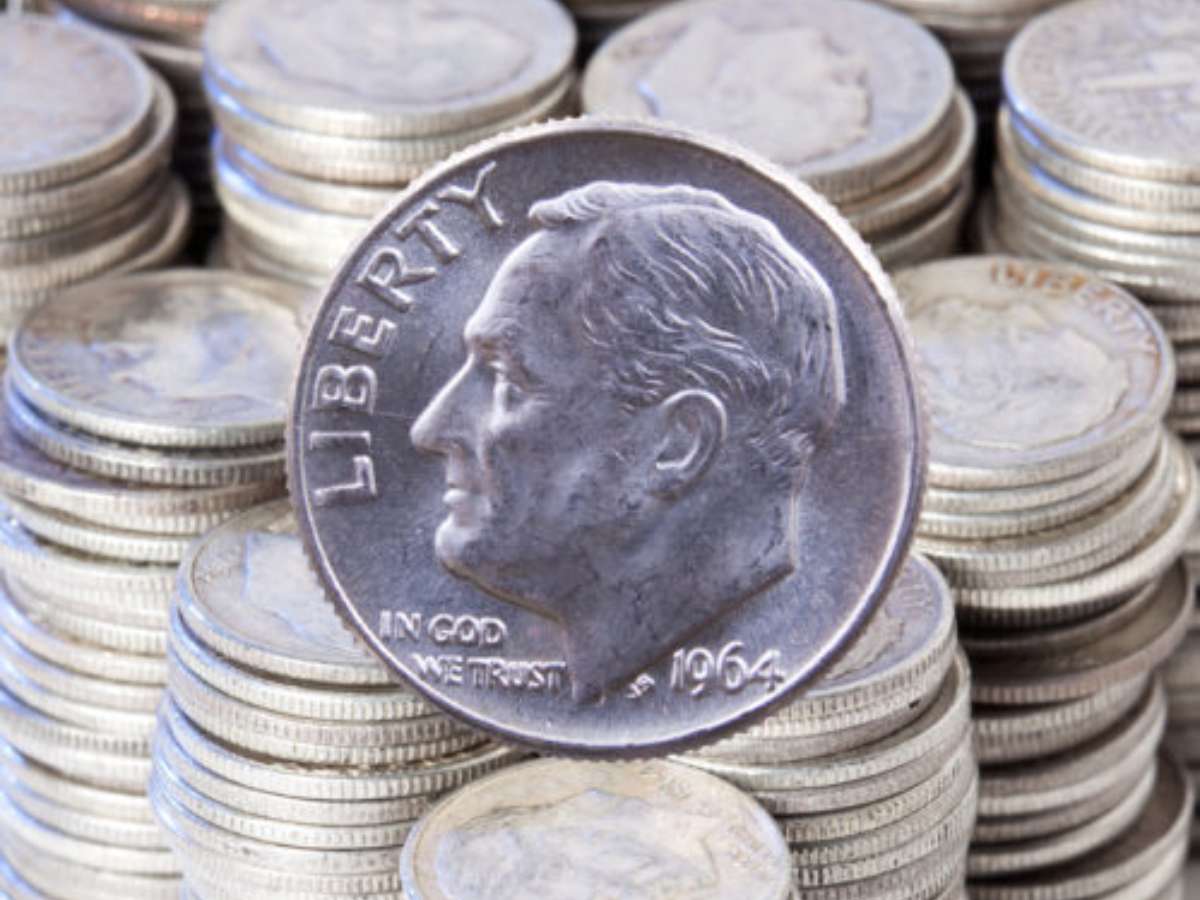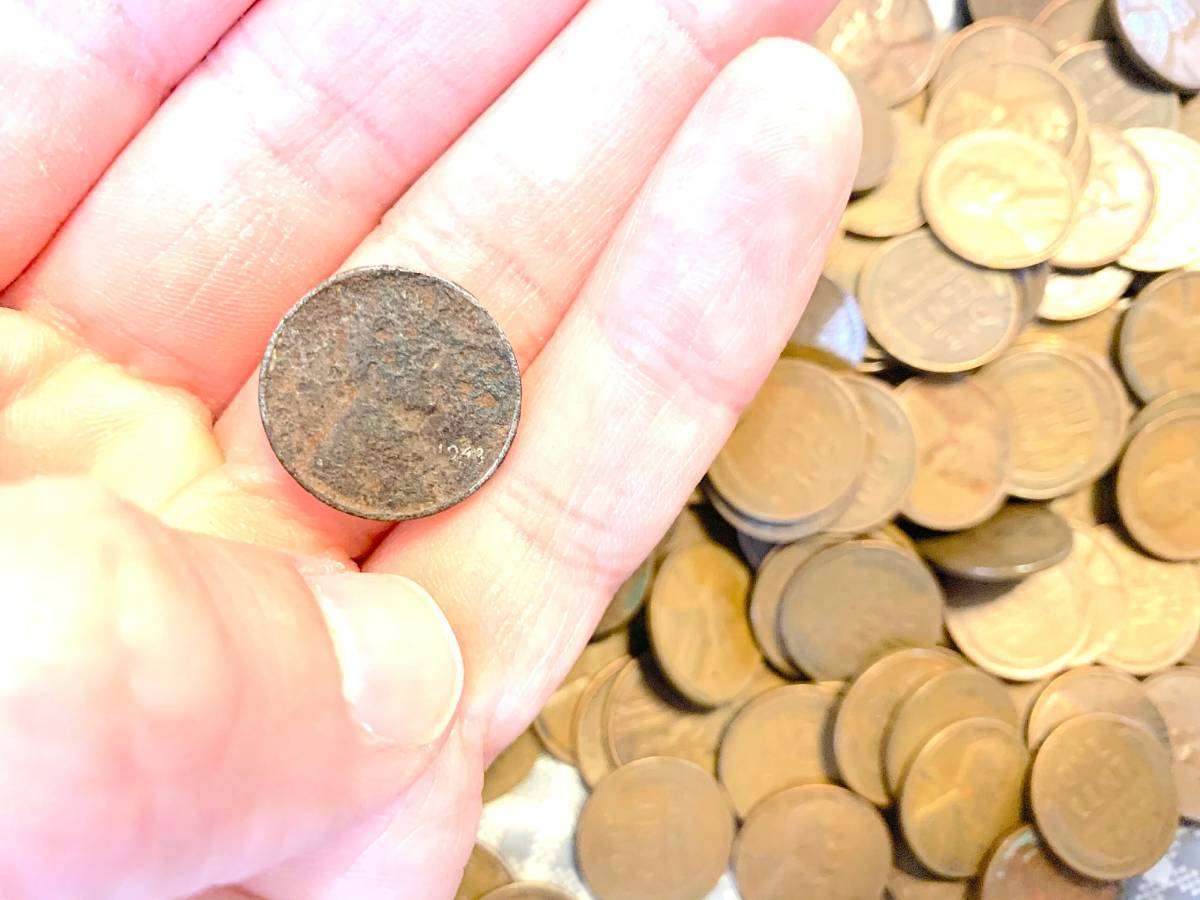 Have you ever wondered how you could be able to watch out for counterfeit coins? Actually, if you can learn how to spot counterfeit coins on your own, then you can consider yourself among the skilled numismatists.
Have you ever wondered how you could be able to watch out for counterfeit coins? Actually, if you can learn how to spot counterfeit coins on your own, then you can consider yourself among the skilled numismatists.
After all, it takes a trained eye and keen mind to know what you are looking for — and NOT looking for — when trying to tell real coins apart from fake ones!
Certain coins are likelier than others to be counterfeited.
For example, there is little chance you will run across a counterfeit example of the common 1985-D Lincoln cent. But beware when buying an example of the rare 1914-D Lincoln cent. Many counterfeiters will shave away the left part of the first “4” on the highly common 1944-D Lincoln cent.
There are many other ways coin collectors and investors can be taken by a scammer. However, if you are a cautious coin buyer who knows what you are looking for, you can guard yourself against mistakingly buying a counterfeit coin.




